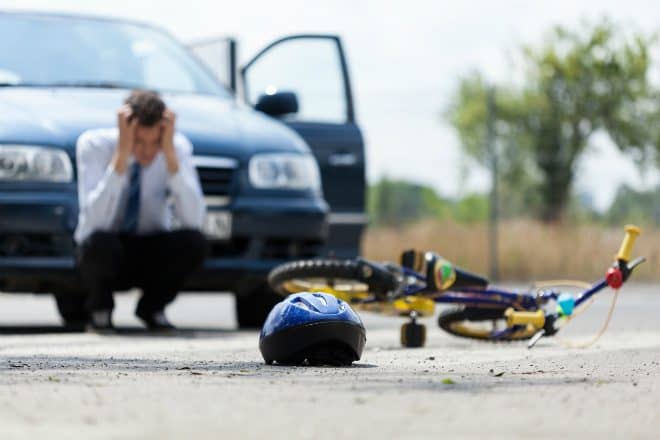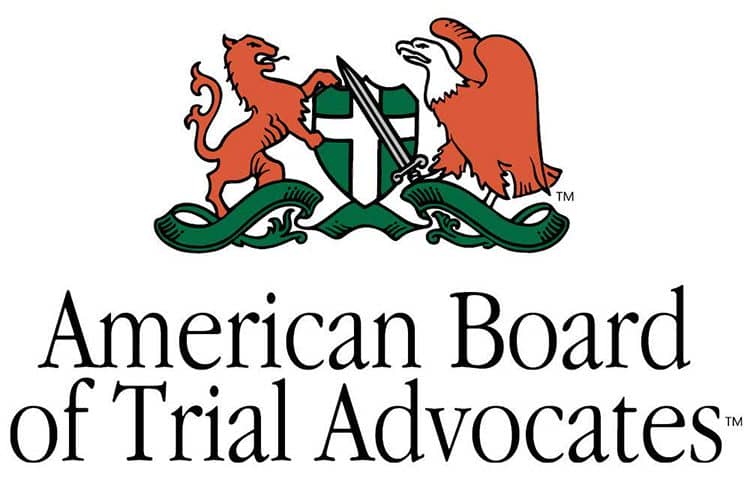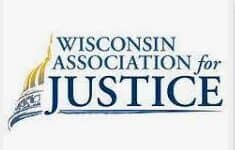With spring in full bloom, bikers are hitting the roads to take advantage of the great weather. As bikers venture out, drivers need to be aware of these riders on the road, otherwise, accidents could happen. If you’re a bicyclist and you happen to get into an accident with a driver, remain calm. Following the below steps can help you recover from the crash and get you the results you need to get back on the road.
What To Do After a Bike Accident
Wait for the Police to Arrive
It is vital that you wait for police to arrive at the scene of the accident, even if you think you are not injured so that they can take and file a police report. Some cyclists don’t realize they’ve been injured until several hours after the accident, and sometimes seemingly minor injuries later develop into serious and permanent problems. If you leave the accident scene, you may never be able to identify the at-fault driver.
Don’t attempt to negotiate with the driver. Many drivers initially apologize and accept blame, only to later deny their negligence or even deny they were present at the accident. Instead, wait for the police to come so they can document everything in the police report. Another advantage of waiting for the police: they may ticket the driver, which may be useful in settling the case with the insurance company.
Get Your Version of Events into the Accident Report
Sometimes, the police officer will take a statement from the motorist and not bother to talk to the cyclist. Do everything you can within reason to get your side of the story into the police report. And by all means, report all of your injuries, no matter how minor. Remember, those minor injuries may later become more serious. If the police refuse to include your statement in the accident report, you can later have the report amended.
Obtain Driver and Witness Contact Information
If possible, get the name of the automobile driver, as well as his or her address, phone number, vehicle license number, and insurance information. In addition, try to get names and contact information for everyone who witnessed the accident. Don’t assume the police report will include all of this information, it might not. If you are injured and cannot get this information yourself, ask a bystander to do it for you.
Document What Happened
If you can, make mental notes about the accident: what happened, how it happened, where it occurred, when it occurred, and road, traffic, and weather conditions. Then, as soon as you are able, write all this information down. Be sure to include in your notes the written phrase, “For my attorneys”. This might prevent the insurance company from later getting a copy of your notes.
Document Your Injuries
Seek immediate medical attention for your injuries, even if they are minor. Proving that you sought out medical attention will serve as evidence that you were injured, and medical records will document the extent of those injuries. Have several photos taken of your injuries as soon as possible after the accident.
Preserve Evidence
Leave your bike and other damaged property in the same state as after the accident, don’t attempt to fix anything or have anything inspected. If you need to use your bicycle for work or other transportation, be sure to take photos of the damage from every angle. If your clothing was torn or bloodied, try to preserve it in the best possible state. And don’t send your bike, helmet, or any other equipment to anyone other than your attorney.
Get More Information from the team at Gingras, Thomsen & Wachs, LLP
Many accidents between bikes and cars involve complex legal issues. The experienced bike accident attorneys at Gingras, Thomsen & Wachs, LLP can advise you on how to proceed after the accident, negotiate with the insurance company on your behalf, and/or represent you in a lawsuit. Connect with our team at any of our four locations across Wisconsin to learn more.





